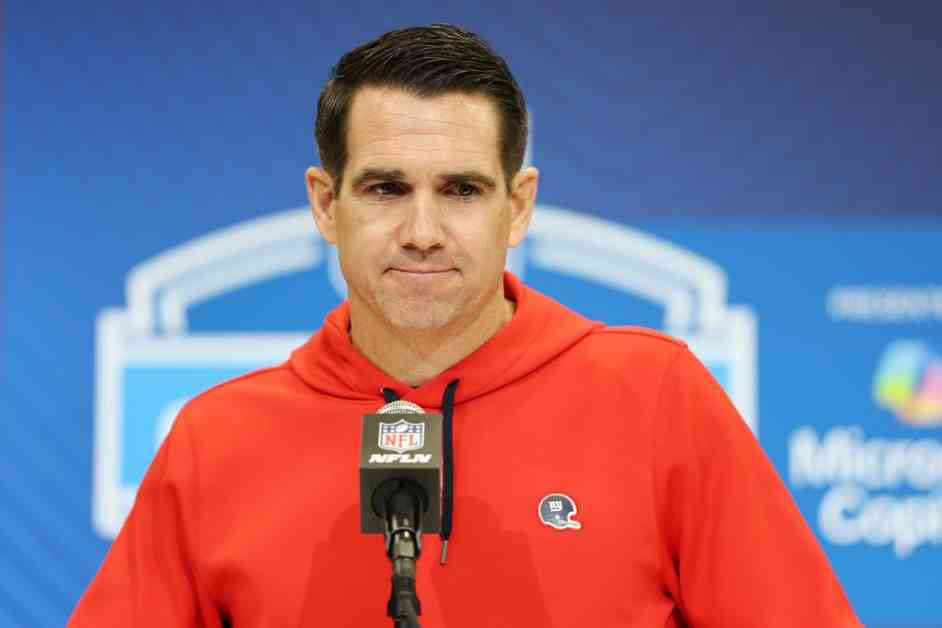In the wake of a dismal season for the New York Giants, the spotlight is now on general manager Joe Schoen as he navigates the challenging task of rebuilding the struggling team. Co-owner John Mara’s impatience is palpable, hinting at the mounting pressure on Schoen to deliver results swiftly. The burning question on everyone’s minds is whether Schoen should be allowed to pursue veteran quarterback Matthew Stafford as a potential solution to the Giants’ woes.
The Giants’ recent performance, winning only three out of 17 games in the past season, has left fans disillusioned and hungry for change. Amidst this backdrop of disappointment, Schoen finds himself at a crossroads, tasked with making critical decisions that could shape the team’s future trajectory. The temptation to seek a quick fix is understandable, given the urgency to reverse the Giants’ fortunes and appease a restless fan base.
Ownership’s Role in the Dilemma
At the heart of the debate lies the role of ownership in enabling Schoen’s pursuit of Stafford. While the desire to see immediate improvement is natural, the risks associated with such a move cannot be ignored. Allowing Schoen to prioritize short-term gains over long-term stability raises concerns about the team’s strategic direction and sustainability. The pressure on ownership to balance the need for immediate results with a more measured approach is evident in Mara’s candid remarks, reflecting the delicate balancing act faced by decision-makers in the organization.
The Stafford Conundrum: A Desperate Gamble?
The prospect of acquiring Matthew Stafford as a potential solution to the Giants’ challenges raises intriguing questions about the team’s aspirations and Schoen’s leadership style. While Stafford’s experience and skill set are undeniable, the practicality of integrating a seasoned quarterback into a team grappling with multiple deficiencies is a point of contention. The risk of banking on a high-profile acquisition to mask underlying issues within the team is a gamble that could either pay off handsomely or backfire spectacularly.
As Schoen explores the possibility of bringing Stafford on board, the stakes are high, with the veteran quarterback representing a beacon of hope in an otherwise bleak landscape. The complexities of fitting Stafford into the Giants’ ecosystem, from adapting to a new offensive line to thriving in unfamiliar playing conditions, underscore the challenges inherent in pursuing a quick fix to a multifaceted problem. The narrative of Schoen’s calculated gamble mirrors the broader theme of risk-taking and innovation in the high-stakes world of professional sports management.
In the end, the decision to allow Joe Schoen to pursue Matthew Stafford is fraught with implications for the Giants’ future. Balancing the allure of immediate success with the need for sustainable growth is a delicate dance that requires finesse and foresight. As the Giants navigate this pivotal juncture in their organizational journey, the echoes of past decisions and the specter of future uncertainties loom large. The narrative of Joe Schoen’s quest for redemption through Stafford encapsulates the timeless drama of ambition, risk, and resilience in the ever-evolving landscape of professional football.

